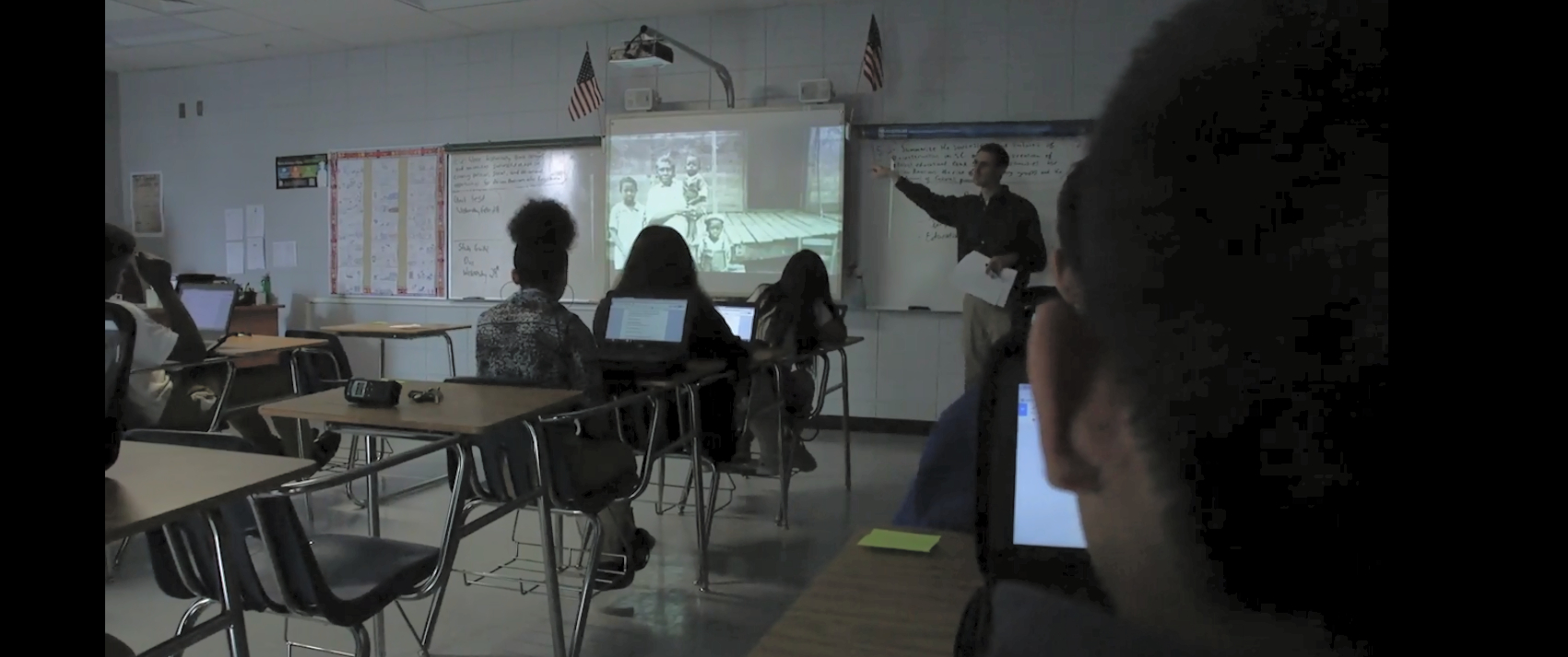Lesson Overview
Students will determine major educational, social and political issues or problems facing African Americans following Reconstruction. Students will analyze the successes and failures of such institutions developed and evaluate their impact in the twenty-first century.
Essential Question
Essential Question: Determine if Historically Black Colleges and Universities were successful or not in creating political, social and educational opportunities for African Americans post Reconstruction?
Grade(s):
Subject(s):
Recommended Technology:
Other Instructional Materials or Notes:
8, 11
Smartboard
Internet
Chromebook/laptop
Access to SC Public Library Databases needed.
You need to be logged in to see this lesson. Create an account now; it's quick, easy, and free!
Log In to View LessonYou need to be logged in to see this lesson. Create an account now; it's quick, easy, and free!
Log In to View LessonStandards
- 8.3.P Analyze the Civil War Amendments (i.e., 13th, 14th, and 15th) as a turning point in the economic, political, and social structures of South Carolina.
- This indicator was developed to encourage inquiry into the changes that served as a catalyst for Reconstruction. The indicator was also designed to promote inquiry into how these actions affected the economic, political, and social conditions in the South.
- 8.4.CC Analyze continuities and change in the African American experience in the period of Reconstruction and Jim Crow eras within South Carolina.
- This indicator was developed to encourage inquiry into the successes and failures of Reconstruction, beginning with the Port Royal Experiment, in South Carolina. This indicator was written to explore development of the Constitutions of 1868 and 1895 and to analyze the evolution of restrictions for African Americans from the Black Codes in 1866 through the Plessy decision in 1898.
- USHC.2.CX Contextualize the perspectives on the role of the federal government in securing natural rights during the period 1830–1877.
- This indicator was developed to encourage inquiry into how events such as the Indian Removal Act, the Civil War, and Reconstruction prompted examination of the federal government's role in protecting natural rights. In addition, this indicator supports inquiry into instances where disputes arose over the power of the federal government over state governments.
- USHC.2.CC Differentiate the patterns of continuity and change within the development of sectionalism and reunion.
- This indicator was developed to encourage inquiry into how the legislative and judicial branches responded to sectionalism, emancipation, westward expansion, and early industrialization. Inquiry into Reconstruction as a significant political and social turning point in United States history is supported by this indicator.
- Grade 3: Read grade-appropriate irregularly spelled words.
- RI.LCS.11 Analyze and critique how the author uses structures in print and multimedia texts to craft informational and argument writing.
- I Inquiry-Based Literacy Standards
- I Inquiry-Based Literacy Standards

Tell Them We Are Rising: Successes and Failures of Reconstruction for People of Color
School: Lakeview Middle School
Grade(s): 10
Mr. Joseph combined traditional lecture with media from PBS Learning Media and documentary to enhance student learning. Students recorded their responses during the lesson on their laptops.Lesson Feedback
Lesson Partners: South Carolina State Library, National Parks Service, PBS LearningMedia